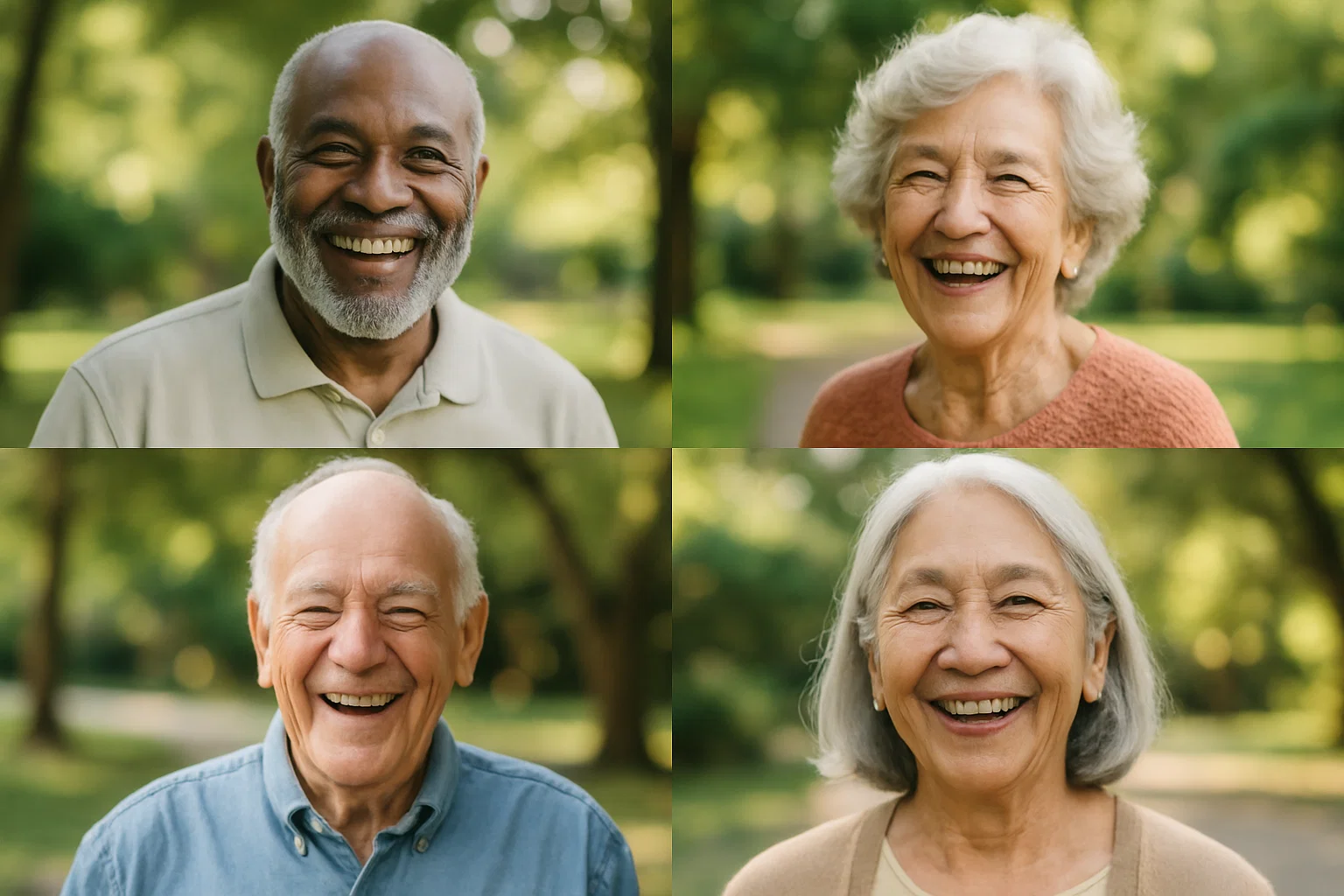Aging is a deeply human experience. While often described in terms of physical decline, its roots go much deeper, into how we think, how we cope, and how our inner lives shape the trajectory of our later years. As science increasingly uncovers the interwoven nature of our mind and body, one theme continues to emerge: the path to healthy aging depends not just on what we do, but on how we think and adapt.
The biology of aging is not just physical
Traditionally, aging has been associated with physical changes, slower reflexes, wrinkles, lower energy levels. But research over the past few decades has made it clear that this narrative is incomplete. Our thoughts, emotions, and mental habits are not just side effects of aging; they are powerful contributors to how we age.
Neuroplasticity, the brain's ability to reorganize itself, continues throughout life. Contrary to outdated beliefs, the brain doesn’t simply “shut down” as we get older. Instead, it adapts based on the inputs it receives. Physical activity, social connection, learning new skills, and even how we manage stress can preserve or even enhance neural connections.
More importantly, the immune system, endocrine system, and nervous system are in constant dialogue. Chronic stress, for instance, isn’t just unpleasant—it triggers inflammatory responses that contribute to disease. The body and brain operate as a single, dynamic network, and the health of one directly shapes the other.
What is mental resilience?
Mental resilience is the ability to adapt well in the face of adversity, trauma, or significant stress. It's not about being unaffected by hardship, it's about navigating it with flexibility and persistence. It’s built over time through experiences, support systems, self-awareness, and learned coping strategies.
Importantly, resilience isn’t fixed. It can be strengthened at any age. Older adults who have developed emotional regulation skills, strong social ties, and a sense of purpose often demonstrate better cognitive health and physical functioning than their peers. These individuals aren’t aging “better” due to luck—they’re reaping the benefits of a life that nurtured both brain and body.
The Harvard Study of Adult Development, one of the longest studies on aging, found that strong relationships and emotional well-being, not wealth or fame, were the most consistent predictors of long-term health. This underscores how resilience is not just a personal quality, but something deeply embedded in our environments and connections.
Healthy aging is shaped by habits, not hacks
The concept of healthy aging has sometimes been co-opted by quick-fix industries promising miracle supplements or longevity hacks. But what actually works, time and time again, are evidence-based, sustainable changes:
- Physical activity: Regular movement boosts not only heart and muscle health but also memory and mood. Exercise increases brain-derived neurotrophic factor (BDNF), a protein essential for brain plasticity.
- Sleep quality: Consistent, restorative sleep supports memory consolidation and emotional regulation.
- Nutrition: Diets rich in whole foods, fiber, and healthy fats (like those found in Mediterranean or plant-based diets) support both brain and body.
- Cognitive engagement: Learning new skills, solving problems, or even engaging in conversation activates brain regions that help preserve cognition.
- Social connection: Loneliness is a major risk factor for early death. Staying socially active helps regulate stress, boosts immune function, and promotes psychological well-being.
- Mindfulness and purpose: Meditation, journaling, or even structured reflection have been linked with greater emotional regulation and lower inflammation markers.
These habits don't work in isolation. Their effectiveness is magnified when practiced consistently over time, and especially when embedded in a supportive environment.
The emotional landscape of aging
Even in the most supported environments, aging can be emotionally complex. Transitions such as retirement, the loss of a partner, changes in independence, or confronting a diagnosis can profoundly impact how we see ourselves and the future.
Here, mental resilience becomes more than a wellness buzzword, it becomes a core strategy for navigating the realities of aging. Studies show that individuals with higher resilience report greater life satisfaction, fewer symptoms of depression, and more optimism—even when facing chronic conditions.
It's also important to acknowledge the diversity of aging experiences. Not everyone ages with the same resources, opportunities, or physical conditions. For individuals facing terminal illness, the emotional load is heavy and deeply personal. Empathy—not judgment—must shape how we approach this stage of life.

The future is not fixed
As the science of aging evolves, so does our understanding of what’s possible. Concepts like longevity, resilience, and future readiness aren’t just theoretical—they’re actionable. Each person has the ability to influence their own aging experience, not by chasing perfection, but by focusing on the integration of body and mind.
Mental resilience and healthy aging are not separate goals, they are two sides of the same journey. And while we may not be able to control everything about how we age, we can shape how we meet the process—with clarity, dignity, and a willingness to engage in new possibilities.
About Tomorrow.bio
At Tomorrow.bio we are dedicated to advancing the science of cryopreservation with the goal of giving people a second chance at life As Europe’s leading human cryopreservation provider we focus on rapid high-quality standby, stabilization and storage of terminal patients preserving them until future technologies may allow revival and treatment.
Our mission is to make human cryopreservation a reliable and accessible option for everyone We believe that no life should end because current capabilities fall short.
Our vision is a future where death is optional where people have the freedom to choose long-term preservation in the face of terminal illness or fatal injury and to awaken when science has caught upInterested in learning more or becoming a member
📧 Contact us at hello@tomorrow.bio
🌐 Visit our website www.tomorrow.bio
🤝 Schedule a call with our team Book a consultation



